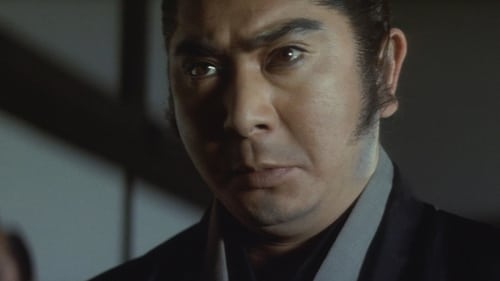
Hanzo es un detective de Edo con muy mal carácter que vive para impartir justicia. El más duro samurai del Japón y sus dos ayudantes, criminales rehabilitados a su servicio, no se paran ante nada ni nadie. Su técnica es única; llegando a partir pedruscos con la mano o ser maestro en varias armas, domina el interrogatorio como nadie, donde no duda en torturar a quien no le dé información. Hanzo se reune con sus compañeros policías ante sus jefes para prestar el juramento anual de su cargo como detective. Ningún año se ha presentado. Siempre da una excusa pero esta vez decide explicarse, la corrupción que ve no le permite estampar su firma. La ley sólo protege a los comerciantes y samurais; no trata a todos por igual, la gente humilde no tiene protección, pero Hanzo va a cambiar eso. Para él todos son iguales para la justicia.

Priest Genkai
This period thriller concerns a very famous cat known as the "monster cat of Nabeshima". This cat, a symbol of vengeance in human disguise, takes revenge for the death of its master as well as for the corruption in the feudal system.

The tragic, yet exciting story of the friendship between Nakayama Yasubei, a member of the 47 Ronin, and Tange Tenzen, a relative by marriage of the vile Lord Kira. Remake of Hakuôki AKA Samurai Vendetta (1959).
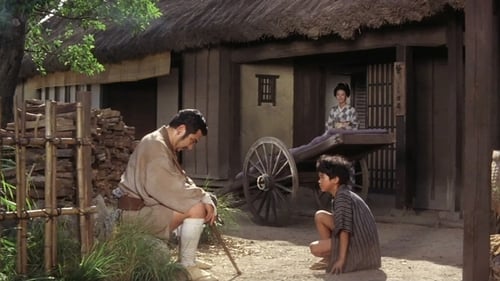
Tokuzaemon
Zatoichi runs afoul of some evil fugitives, working for a corrupt law official.

On the night of the summer Obon festival, Hagiwara Shinzaburo meets a beautiful courtesan named Otsuyu. Not knowing she's a ghost, he becomes infatuated by her.

Isazo is a traveling gambler and living legend in the world of yakuza, known for his swordsmanship and bravery, his impeccable manners, and his brilliant talent in gambling. One late fall at an inn in Kiso Fukushima, Isazo befriends a young boy whose mother turns out to be his old love Yoshino, with whom he was not unable to consummate a marriage due to the class differences between them.
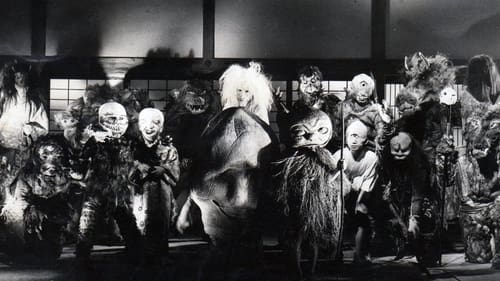
Un avaro mercader intenta desalojar un poblado a pesar de la pobreza de sus habitantes. Pronto se verá atacado por un extraño séquito de criaturas que lo harán conocer el horror absoluto. Obra de terror japonés que rescata lo más profundo de las tradiciones mitológicas del país oriental.

A fines del período Edo, el doctor Seishu Hanaoka (1760-1835) se transforma en el primer médico en realizar una operación mediante el uso de anestesia general. La esposa y la madre del médico se convierten en rivales en la búsqueda de su afecto a punto tal de servir como conejillos de indias en sus experimentos.

Hozan Tamura
A Japanese film
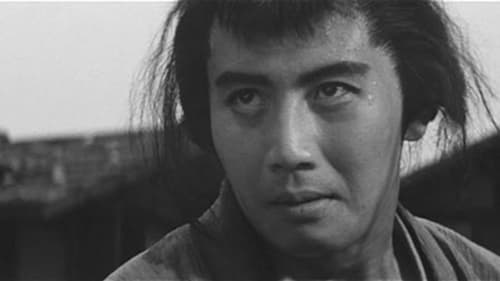
A naively honorable samurai (played by Raizo) comes to the bitter realization that his devotion to moral samurai principles makes him an oddity among his peers, and a very vulnerable oddity in consequence. He takes the blame for the misdeeds of others, with the understanding that he will be exiled for one year and restored to the clan's good graces after the political situation dies down. As betrayal begins to heap upon betrayal, he realizes he'll have to live out his life as a master-less ronin, if not hunted down and killed.

Shûken
A father decides to put his delinquent daughter into a temple in Kyoto known for its austere novitiate. Initially resistant to all forms of discipline, she ends up falling in love with the nun who is in charge of her.
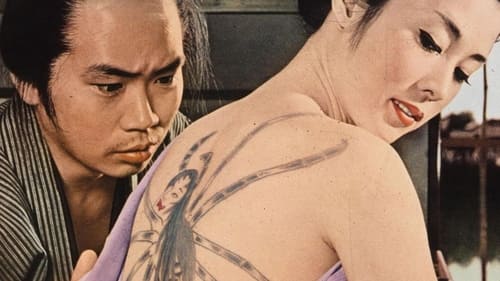
En desacuerdo con sus padres, Otsuya huye de su hogar para refugiarse en los brazos de Gonji, quien termina vendiéndola en una casa de geishas. Allí, un maestro del tatuaje dibuja sobre su hermoso cuerpo una inmensa araña. Como si el espíritu del insecto tomara posesión de la joven, el deseo irreprimible de venganza se transforma en el centro de su vida. Como la viuda negra tatuada en su espalda, Otsuya arruina la vida de todo hombre que se cruce en su camino.


Nemuri Kyoshiro, a youthful and cynical ronin with unparalleled skill, is approached by both sides in a game of corruption, ambition, and double crosses. The leader of the Kaga clan, who thinks he has killed his smuggling partner, fears that the shogunate will discover his illegal activities. He learns of evidence that will prove his guilt. Meanwhile, his partner is not dead, and, assisted by a master of Shorenji boxing, is looking for revenge and for his loot. The Kaga leader sends the beautiful Chisa to enlist Nemuri's aid. The unexpected happens: the hard-bitten Nemuri falls in love. Can he protect her, topple the criminals, and avoid the boxer's deadly skill?

Хамана
Yoso is truly a lost classic, set in the Nara Era (710-794), from Kinugasa Teinosuke the same writer/director who gave us the recognized classic Gate of Hell (Jigokumon, 1952) & the milestone silent surrealist masterpiece A Page of Madness (Kurutta Ippeji, 1926).
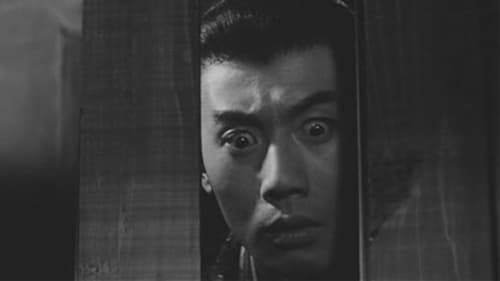
In the mountain regions of Hida, the dreams of a peasant named Kyonosuke, who longed to be a samurai, come true when he becomes one of three doubles, of shadows, of Lord Yasutaka. After months of intense and cruel training, he faces his destiny when the Lord and the other two shadows are killed in battle and he must take on the role of Lord Yasutaka....
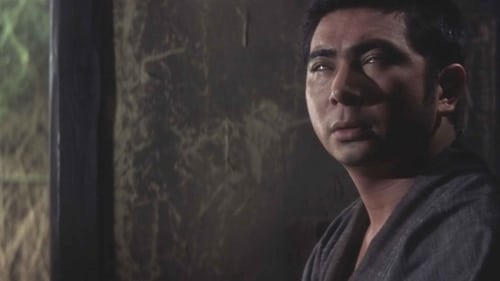
Jinpachiro Kanda
Tercera de las veintiséis películas basadas en el personaje de Zatoichi interpretado por Shintarô Katsu y la primera realizada en color de toda la saga. En esta tercera entrega, Zatoichi es perseguido por varios enemigos que buscan cobrarse su vida. Mientras tanto se reencuentra con su maestro, Banno, pero todo se complica cuando la hermana de Banno y Zatoichi se enamoran.
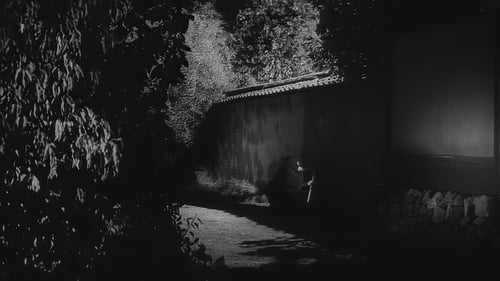
Warlord Oda Nobunaga seeks to unite a fractured Japan. A young man trained in the arts of ninjitsu is manipulated by a ninja master into attempting to assassinate the warlord before he completes his task.
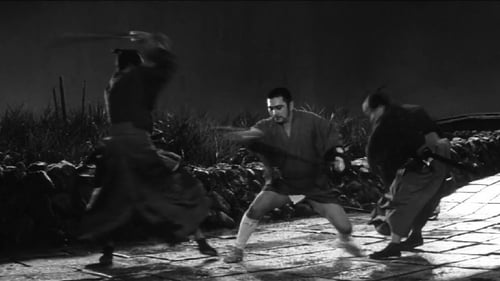
Gouemon Kashiya
Segunda de las veintiséis películas basadas en el personaje de Zatoichi interpretado por Shintarô Katsu. En esta segunda entrega, Zatoichi se encuentra a un hombre, el cual carece de un brazo por culpa de un ataque de Zatoichi, celoso de él ante la posibilidad de perder a su amada...

Prof. Akihara

Kazue Yasutomi
The son of an executioner and the assassin he loved yet murdered learns of his origins, leaving his foster parents to avenge his mother's death.
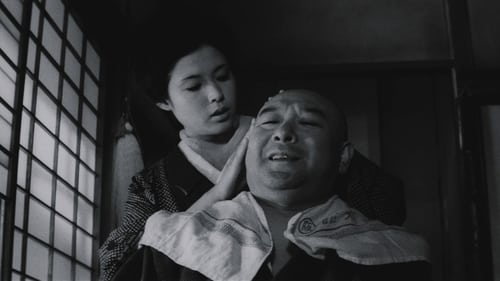
Kaio Takeda
Satoko is a mistress by trade or fate: when her master, the silkscreen artist of the Kohoan Temple in Kyoto, dies, she is given to the temple's lascivious head priest Kikuchi. She is drawn to a melancholy young acolyte, Jinen, who has observed the profligacy of his cruel master and Satoko's utter dependence on the man. Jinen is both fascinated and disturbed by Satoko's interest in him; he is similarly caught between loathing of Kikuchi and of the dark circumstances of his birth and his own moral weakness. The story unfolds in a dreamlike manner—a flashback inspired by a now-infamous image on a silkscreen in the souvenir shop at the so-called Temple of the Wild Geese.

An Indian prince leaves his world of comfort and riches behind to wander and meditate for six years in search of spiritual enlightenment. Siddartha (Cojoin Hong) turns his back on the old religion when people are starving needlessly and holy rituals include human sacrifices. During his meditations, he is tempted by erotic dancing women, demons, and the evil machinations of his criminal cousin. Devastate to attain the spiritual perfection and become the Buddha. He travels to convert followers by his kindness and wisdom, gaining a multitude of believers when he stops an elephant from crushing a local priest. Buddha of course goes on to become one of the great religious leaders of the world.

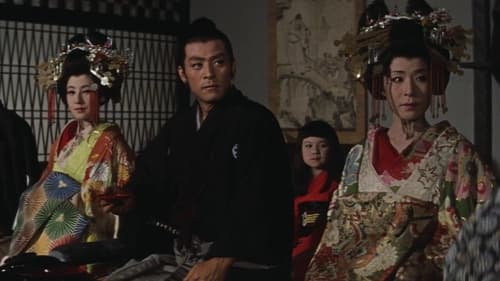
Katayanagi Banjirou
Basada en la novela THE GREAT BUDDHA PASS (la fuente de SWORD OF DOOM), esta versión de la clásica historia va más acorde con la novela original.
La historia de un asesino a sangre fría, Tsuke Ryunosuke y sus desventuras en Japón durante la década de 1860. Como telón de fondo de la agitación política de la época.
Esta es la primera de la trilogía.
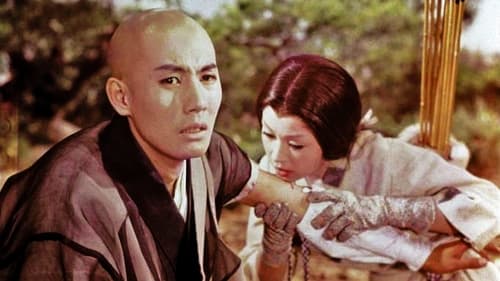
Gien
Princess Kiyo accidentally injures a local priest, Anchin, while on a hunt. She apologizes, but feels irritated by Anchin’s indifference to her in spite of her beauty. One night, while Anchin is recuperating in a hot spring, he is approached by Kiyo. She tells him that she is in love with him.

The exciting story of Jirocho and his yakuza gang that controlled the area of the Tokaido during the latter days of the samurai era. Awesome fighting from Katsu Shintaro as One-Eyed Ishimatsu highlights this great tale taken from Japanese history!
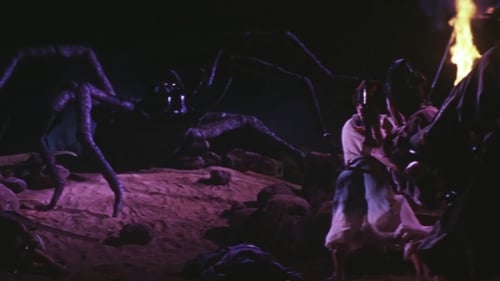
A demon-faced monster seeking revenge appears in the forms of a gigantic ox and a huge spider! The young Genji warrior protects the Fujiwara Clan and the beautiful lady in tragic love! A grand visual epic told with mesmerizing extravagance!

Hidesato Sugawara
Una joven japonesa de origen aristocrático recibe una propuesta de matrimonio por parte del hermano del emperador títere de Manchuria, ocupada por fuerzas militares niponas. A pesar de sus iniciales reticencias, tras conocer a su pretendiente accede a casarse.
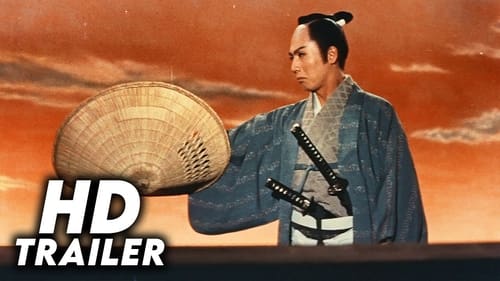
Two amiable samurai wind up on opposite sides of the vendetta between Lord Asano's retainers and the family of Lord Kira that led to the famous revenge of the 47 Ronin.

Hanzaemon Muramatsu

Sakutaro Ishikawa
The former Japanese Naval Academy was at Etajima, one of the many islands of the beautiful Inland Sea. Among the new cadets were Ishikawa and Murase. Murase's mother had remarried after his father's death and the impressionable boy hated his overbearing father who held the whip-hand over his gentle mother. Out of defiance of his step-father he became wayward. But he was bright and his teacher persuaded him to enter the Academy as he knew that if he left home, his mother need not feel apologetic towards her husband on his account.
Discipline was strict, their studies were hard and, in between, all the new cadets received an ample share of beatings, at the hands of the senior cadets, for the slightest mistakes. Murase thought all picked on him the most, especially Cadet First Class Kogure, who manhandled him at the slightest excuse.
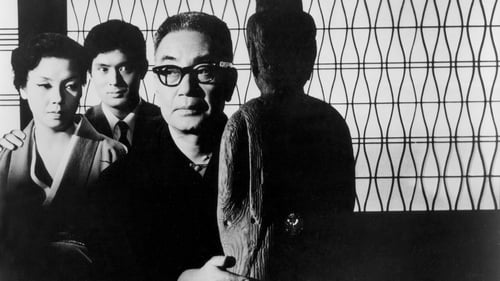
A middle-aged husband of a younger woman finds her youth intimidating to the point that he cannot become aroused. His solution involves the introduction of his daughter's lover to his wife.

During the 1200's, legendary Buddhist monk Nichiren returns from his studies to lead Japan out of moral crisis and prepare to fight Mongol invaders by creating a new form of Buddhism. He runs afoul of the existing Buddhist sects and their government supporters and is persecuted. Can Nichiren persevere before the Mogol fleet reaches Japanese shores?

While transporting a bride-to-be in a closed carriage (kago) while during a thunderstorm, a group of servants and onlookers suddenly come upon an apparition of a ghostly white-draped female figure floating down to the ground. As she turns to face the crowd, the woman reveals the disfigured right side of her face. As the procession stands in utter horror, the ghost then takes flight again and down a side street. After the shock wears off, the bride is checked on and everyone is safe in the group. Once the wedding party finally arrives at the groom's home, they apologize for the delay... and proceed to open the kago, only to realize that the bride-to-be is now missing... and all that's left in the carriage is a single white snake slithering about.

The magical swordsman battles a gang of cutthroats, who are led by a peg-legged villain.

In 1905, Japan was seriously threatened in the Russo-Japanese War. Japan determined a decisive attack on Russia to end the war. A reconnaissance troop was organized to penetrate into the supreme headquarter of Russia in Tieling Mountain of China to find out the enemy's situation...
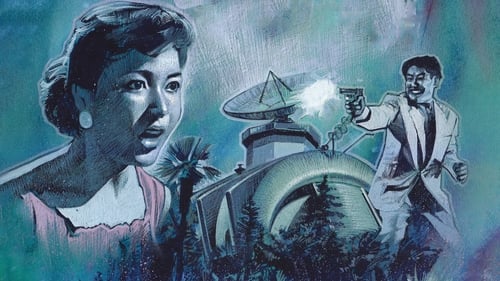
Dr. Hayakawa
A series of ghastly murders are being committed. The one similarity in each of the murders is that a weird buzzing sound is always heard right before the murder occurs. Is the killer invisible or possibly some other incredible creature?

In the first two films we learn the character's origins, including his childhood and how he learned his fighting skills. Later, he must face his friend, who has joined a gang of criminals.

First of nine films based on the novel. The first live-action adaptation focuses on the origins of how Akadô Suzunosuke learned his skills as a swordsman.

A poor peasant, after years of scraping, becomes a rich and powerful Osaka merchant. Mizoguchi Kenji's final project; he died before completing it and directing duties turned over to Yoshimura Kozaburo.

Bundayû Akamatsu
Early film directed by Kenji Misumi.
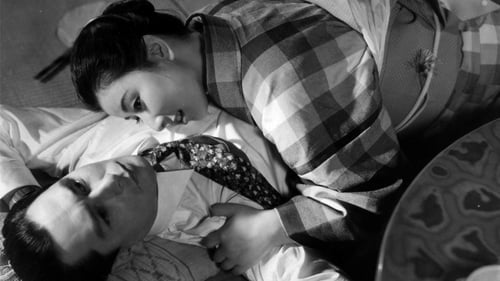
In Kyoto a young kimono maker with traditional ideas gets involved with a married professor.

Doctor

It is brother against brother in this tale of love and betrayal within the famed Yagyu clan. In one of their earliest films together, superstars Ichikawa Raizo and Katsu Shintaro are magnificent as the two finest young swordsmen in the clan. As they vie for the hand of a beautiful woman their loyalty comes into question during an attack on their lord. When one of them masters the secret technique taught to him by Miyamoto Musashi, it leads to bloody violence that can tear the clan apart! Filled with superb swordplay this rare classic is not to be missed!
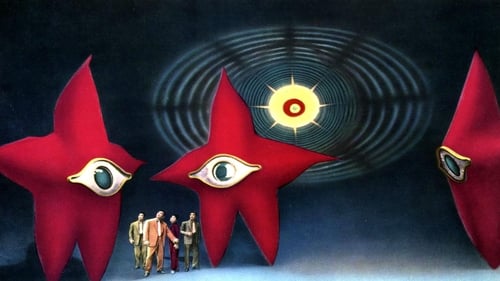
Los habitantes del planeta Paira, una raza de estrellas de mar gigantes con un ojo en el centro de su titánica anatomía, llegan a la Tierra con el propósito de advertir a la Humanidad que un grave peligro se cierne sobre ella. Su líder Ginko, que para no asustar a los terrícolas toma, al igual que el resto de su raza, forma humana, advierte a la gente que no deben emplear su arsenal atómico para pelear entre ellos y que por el contrario han de unir fuerzas para destruir el planeta que se encuentra en curso de colisión con la Tierra.

The Elder Dr. Itsobe
Los habitantes del planeta Paira, una raza de estrellas de mar gigantes con un ojo en el centro de su titánica anatomía, llegan a la Tierra con el propósito de advertir a la Humanidad que un grave peligro se cierne sobre ella. Su líder Ginko, que para no asustar a los terrícolas toma, al igual que el resto de su raza, forma humana, advierte a la gente que no deben emplear su arsenal atómico para pelear entre ellos y que por el contrario han de unir fuerzas para destruir el planeta que se encuentra en curso de colisión con la Tierra.
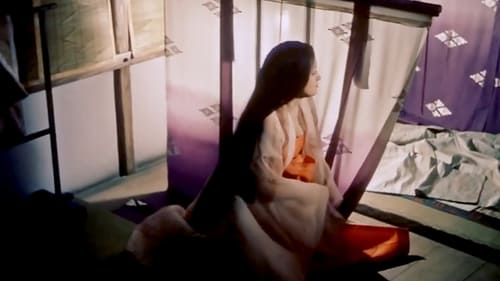
En el Japón feudal del siglo XII, los Taira y los Fujiwara son clanes que luchan por la supremacía. Mientras tanto, en el palacio imperial hay dos cortes: la del emperador en funciones y la de su predecesor.

The Great White Tiger Platoon was part of the Aizu clan's last ditch efforts to stop the advance of Imperial troops after the fall of the Tokugawa Shogunate. Meant to be a reserve unit as it was made of the young, 16-17 year old sons of Aizu samurai. Their story is one of the great tragedies of the Boshin War (1868-1869) as they were called into action. Getting cut off from the main body of their platoon, a group of 20 from the 2nd squad retreated to Iimori Hill, where they looked down upon fires surrounding Aizu Castle and thinking that the castle has fallen and all is lost, they choose to die as samurai by committing seppuku. A superb rendition of this true story that shows the true honor of the samurai.
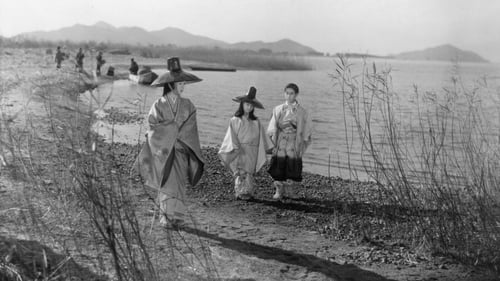
Masasue Taira
A finales de la Era Heian en el siglo XII, el gobernador de un pueblo es enviado al exilio. A pesar de que su familia quiere ir con él, ninguno podrá acompañarle, pues, engañados por una vieja que se hace pasar por sacerdotisa, son vendidos como esclavos por separado: la madre por un lado y los hijos por otro.
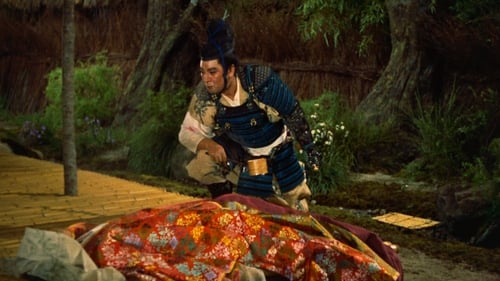
Sadafusa
Japón, 1159. Moritō, un valiente samurái, realiza un acto heroico rescatando a la encantadora Kesa durante un violento levantamiento. Moritō se enamora de ella, pero se angustia cuando se entera de que está casada.
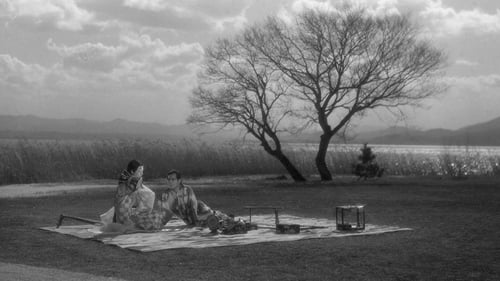
Shintô Priest
En el Japón del siglo XVI, los campesinos Genjuro y Tobei venden sus vasijas de barro a un grupo de soldados en un pueblo cercano, desafiando la advertencia de un sabio local contra la búsqueda de ganancias en la guerra. La búsqueda de riquezas de Genjuro y de la misteriosa Lady Wakasa, así como el deseo de Tobei de convertirse en samurái, corren el riesgo de destruirlos a ellos mismos y a sus esposas, Miyagi y Ohama.

An intellectual couple in a staid and tedious marriage are surprised when the wife’s niece, who has run away from home, turns up unexpectedly to stay with them. Their mundane lives are sent into disarray by the emotional and energetic Ako.

Gotō Matabei is the most able and fierce samurai of the Kuroda clan. However, he gradually dislikes the ruthless personality of Kuroda Nagamasa and leaves the clan. Seven years later, he joins Toyotomi Hideyori's army. Filmed in 1945 and released in 1952.

Dedication of the Great Buddha is a 1952 Japanese film directed by Teinosuke Kinugasa. It was entered into the 1953 Cannes Film Festival.

Doctor
Shinnosuke acepta casarse con Shizu con tal de poder estar cerca de su hermana Oyu, viuda y madre de un hijo. Las costumbres japonesas prohíben que Oyu se case porque su deber es educar a su hijo para que llegue a ser el jefe de la familia de su marido. Entre los tres se creará un extraño vínculo. (FILMAFFINITY)
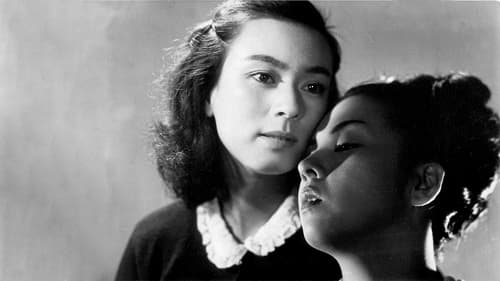
Clothes of Deception initiated Yoshimura’s most characteristic vein. This geisha story is often described as a loose remake of Mizoguchi’s pre-war masterpiece Sisters of Gion (1936), but this is inexact. Whereas in Mizoguchi’s study of two sisters, both women had been geisha, in Yoshimura’s film only Kimicho (Kyo Machiko) is, while her sister works in the Kyoto tourist office. Juxtaposing a traditional Kyoto profession with a modern one, Yoshimura shows how life in the old capital was changing in the wake of wider transformations in Japanese society.

Umeo Miyazawa
Jewel thieves become interested in an invisibility formula invented by Professor Nakazato and want to use his invention to acquire a diamond necklace called the "Tears of Amour."

Fourth film of the Bannai Tarao series starring Chiezo Kataoka

La hija mayor de los Takamatsu, Atsuko, viuda, vuelve a la casa paterna porque no congenia con su familia política. Por su parte, la hija menor, Yukiko, está enamorada de un profesor mayor que ella y no duda en salir de excursión con él pese al disgusto de su padre. Todo ello, unido a que Yukiko y Atusko se llevan bastante mal, va a sacudir los cimientos de la familia Takamatsu.
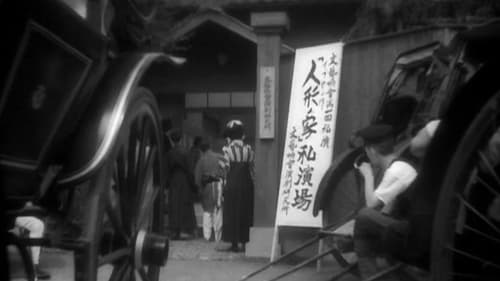
The stage director Shimamura, who is bringing western theatre to Japan, falls in love with the outspoken actress Sumako Matsui, and leaves his family to be with her, while trying to keep his Art Theatre solvent.

A 1946 Japanese film directed by Keigo Kimura.

Yasuda
A band of guerrillas fight against occupying British forces in Malaya.

A story about Ômura Masujirô

The Color Print of Edo is a 1939 black and white Japanese silent film with benshi accompaniment directed by Kazuo Mori. It is a cheerful period drama, sprinkled with comical scenes and tells the story of a loyal and handsome Edo period servant who fights to help his older brother marry the woman he loves. The star of this film Utaemono Ichikawa gained enormous popularity for his portrayal of a cheerful and chivalrous man.
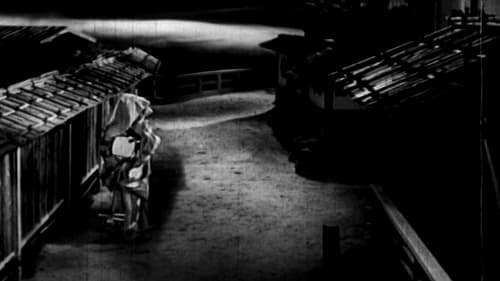
A quintessential example of the period "ghost cat" (bakeneko or kaibyo) movie, this was one of at least six such titles released by the studio Shinko Kinema between 1937-40 featuring Japan's first scream queen, Sumiko Suzuki. Here she plays Mitsue, the possessive onna-kabuki actress betrothed to apprentice shamisen player Seijiro. When one day Okiyo, a beautiful young girl of samurai class, is led to Seijiro's house by his lost cat Kuro, she becomes besotted with him. Dark jealous passions are invoked in Mitsue, which are intensified when Seijiro gifts Okiyo his precious shamisen. The cat is the first to suffer at the end of Mitsue's hairpin, but returns from the grave to assist Okiyo's younger sister Onui avenge her sister's murder.

Directed by Tomotaka Tasaka.

Yaji and Kita: The Battle of Toba Fushimi is a 1928 Japanese film directed by Tomiyasu Ikeda.[1] This comedy film showcases the acting talent of Denjirō Ōkōchi and acts as a complementary film to Yaji and Kita: Yasuda's Rescue, which is part of the Yaji and Kita series. An 8-minute remnant of the film was released on DVD by Digital Meme with a benshi accompaniment by Midori Sawato. The version in the National Film Center is 23 minutes long.

Jiro Tezuka, engineer
Tomotaka Tasaka's earliest surviving surviving film is a powerful adaptation of Hector Malot's "Nobody's Girl".

Yasota Sugimura
Yaji and Kita: Yasuda's Rescue is a 1927 black and white Japanese silent film directed by Tomiyasu Ikeda.[1] This comedy film showcases the comic talent of Denjiro Okochi, which contrasts markedly with his heroic performance in Oatsurae Jirokichi Koshi. The humorous exchanges with Goro Kawabe, his senior at Nikkatsu, can be priceless, with the expressions and movements of the two goofy characters making for pure, hilarious slapstick comedy. A 15-minute remnant of the film was released on DVD by Digital Meme with benshi accompaniment by Midori Sawato and Ryubi Kato.

A pre-war sports movie by director Tomu Uchida. This story is set at the Waseda-Keio regatta. This was shot at the banks of the Sumida River, where the regatta is still held today. The main stroke role of Mochizuki was played by young star Tsunemi Hirose. Mochizuki, who enrolled in A University that lost the previous year gains the trust of the President's niece Mitsuko (Shizue Natsukawa) but a spy from the other side uses this relationship to create a scandal. The regatta approaches, with Mochizuki not able to participate... The supporters and atmosphere of student sports at the time are well presented.























































